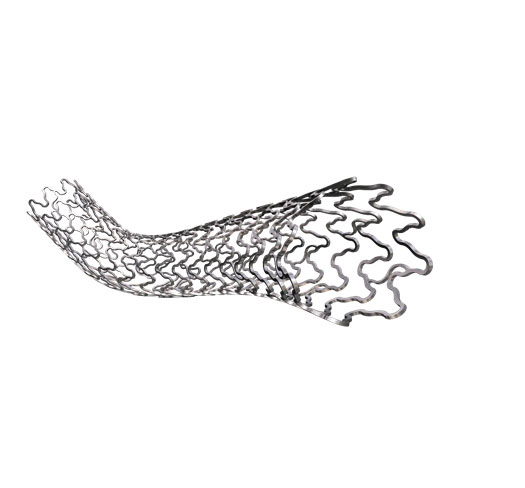-
Products
-
- Featured Products
- Supraflex Cruz
-
- Professionals
- Patients & Caregivers
- Investors
- About SMT
Main navigation
What is renal angioplasty?
Renal angioplasty is the procedure of stent placement in the renal artery. The procedure may vary but is usually as follows:
- The operator will inject anaesthesia at the puncture site. A small incision will then be made and a catheter will be inserted. A catheter is a small thin and hollow tube that is inserted into blood vessels.
- With the help of imaging tools, the operator will guide the catheter towards the blocked region of the artery.
- Next, the operator will insert the guide wire following balloon catheter (a catheter with a balloon attached at its end).
- The balloon is then inflated to expand the artery to its normal size.
- A stent is then placed in the artery and pushed against the walls of the artery. The stent remains in the artery and serves as permanent support to the artery.
- Finally, the balloon is then deflated and removed from the blood vessel along with the guide wire and catheter.

- Minimally invasive procedure that does not require surgery.
- The patient may develop an allergic reaction to the x-ray dye, however these can be controlled with medication.
- Infection at the puncture site.
- Rarely other arteries may become blocked due to the procedure and the blockage may cause sudden death.
- Rarely the procedure may fail, and the vessel may become narrower than before causing a blockage.


